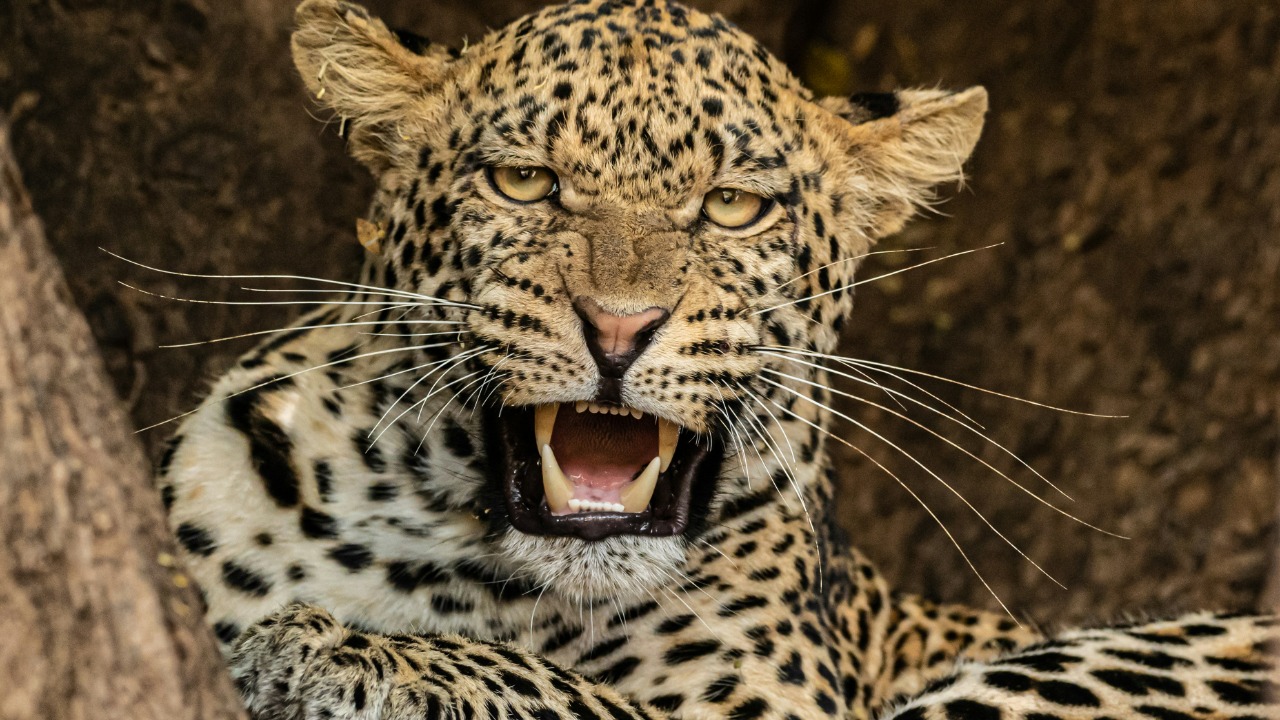
An intriguing AI-driven analysis of ancient hominin crania from Swartkrans cave in South Africa has shed light on the predatory habits of leopards towards our ancestors. The study reveals that leopards targeted the faces of Paranthropus robustus and early Homo species, with bite marks concentrated on facial bones dating back 1.8 to 1 million years ago. This behavior mirrors modern leopard feeding habits, where they consume faces first to access the brain.
The Swartkrans Fossil Site
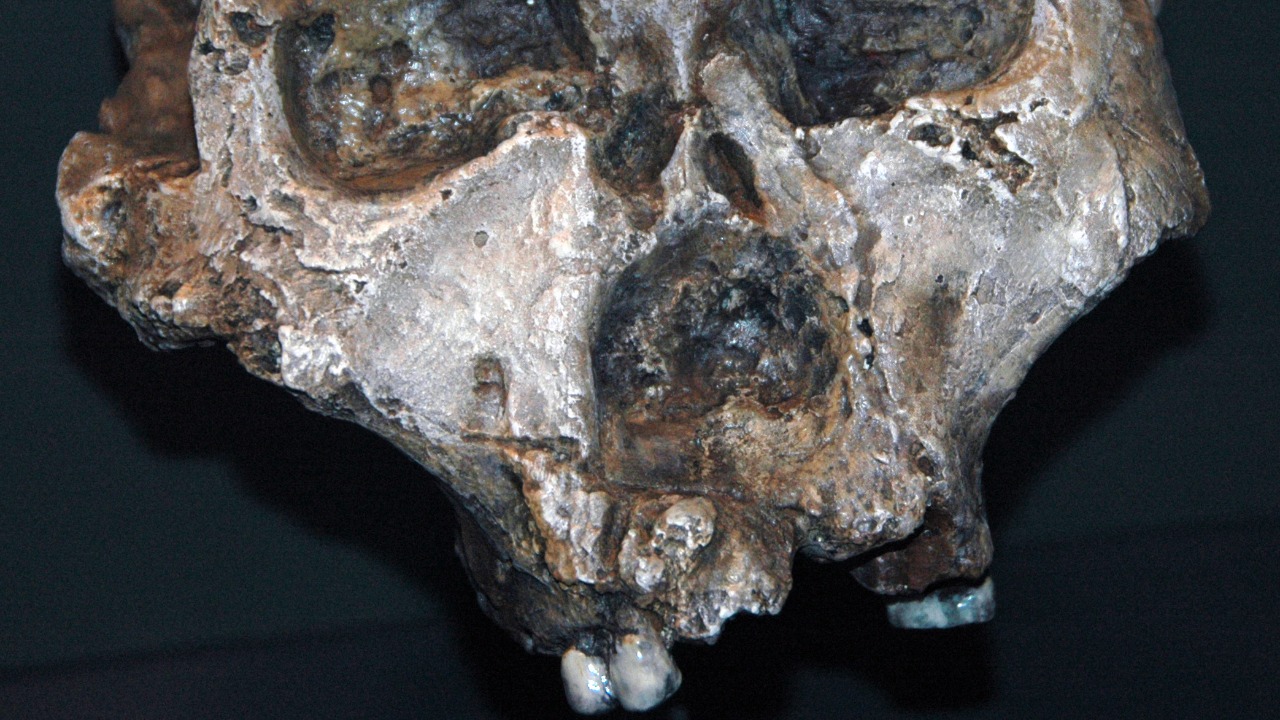
Swartkrans cave, located in South Africa, is a significant paleoanthropological site. It has yielded hominin remains from 1.8 to 1 million years ago, including fossils of Paranthropus robustus and early Homo species. The site’s accumulation of bones suggests predator activity rather than hominin self-burial, providing a unique window into the predator-prey dynamics of our ancient ancestors.
Previous excavations at Swartkrans, led by researchers like Robert Broom in the 1940s, initially identified the fossils. However, these early researchers lacked the modern tools necessary for detailed predation analysis. The discovery of 10 crania with bite marks has provided the opportunity for a more in-depth study of these ancient interactions.
Applying AI to Ancient Bones
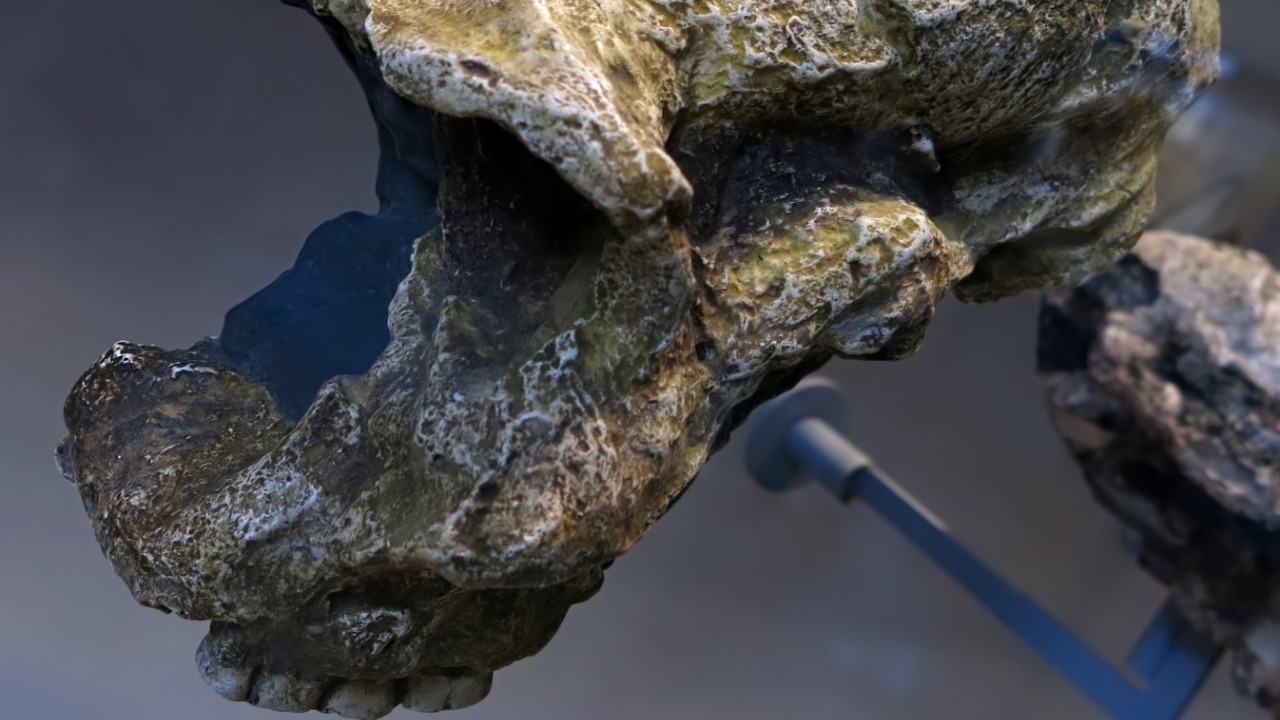
The methodology employed by Jose Galbany from Rutgers University and his team involved using AI to create 3D models of the crania and analyze 147 tooth mark patterns. This allowed them to distinguish leopard bites from those of other predators like hyenas based on mark depth and shape. The AI software quantified mark distribution, revealing that 62% were on facial regions compared to only 15% on the cranium vault.
The AI was trained on modern leopard bite data to validate ancient patterns, ensuring accuracy in identifying species-specific predation. This innovative approach has provided a new perspective on the interactions between our ancient ancestors and their predators.
Patterns of Facial Predation
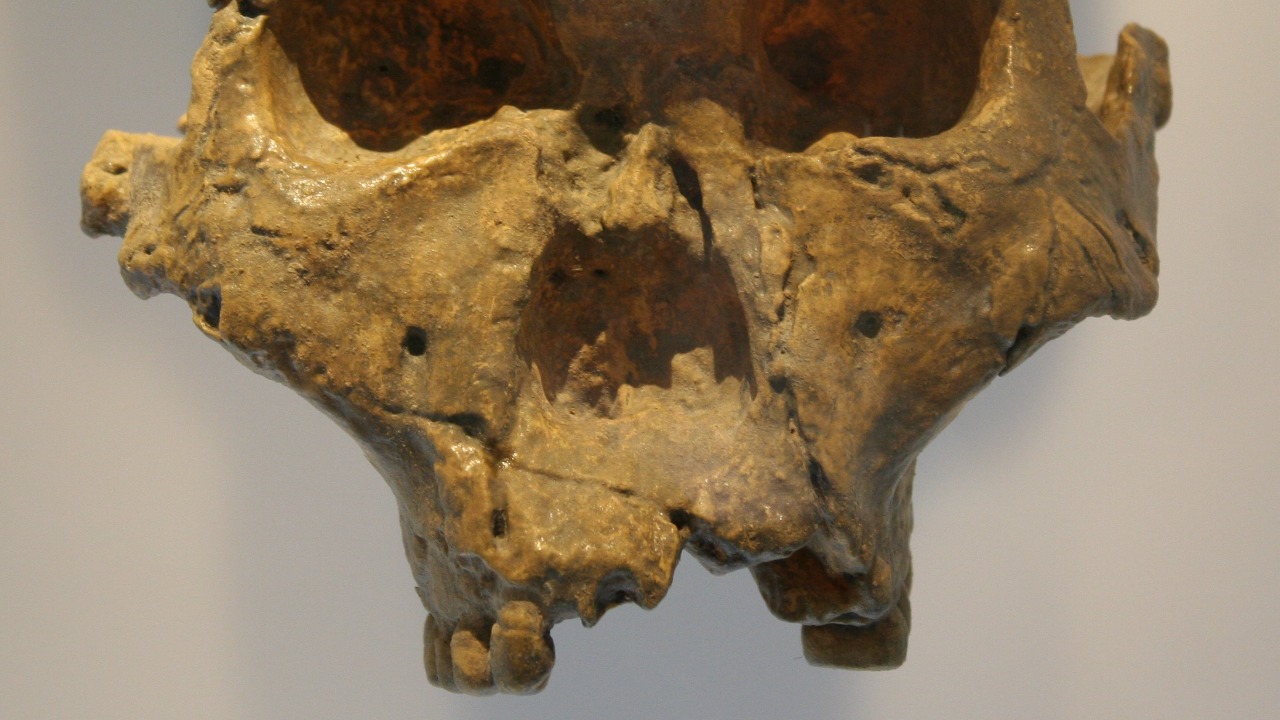
The concentration of bite marks on the face provides compelling evidence of targeted feeding by leopards. Specific examples include crushed nasal bones and zygomatic arches on Paranthropus robustus crania. Marks on early Homo crania showed a similar facial focus, with fewer on post-cranial elements, suggesting leopards dragged victims to trees and consumed soft facial tissues first.
Non-facial marks were rarer and often postmortem, reinforcing the leopard as the primary predator. This pattern of predation is consistent with modern observations of leopard behavior, providing a fascinating link between the past and present.
Leopard Behavior in Ancient and Modern Contexts
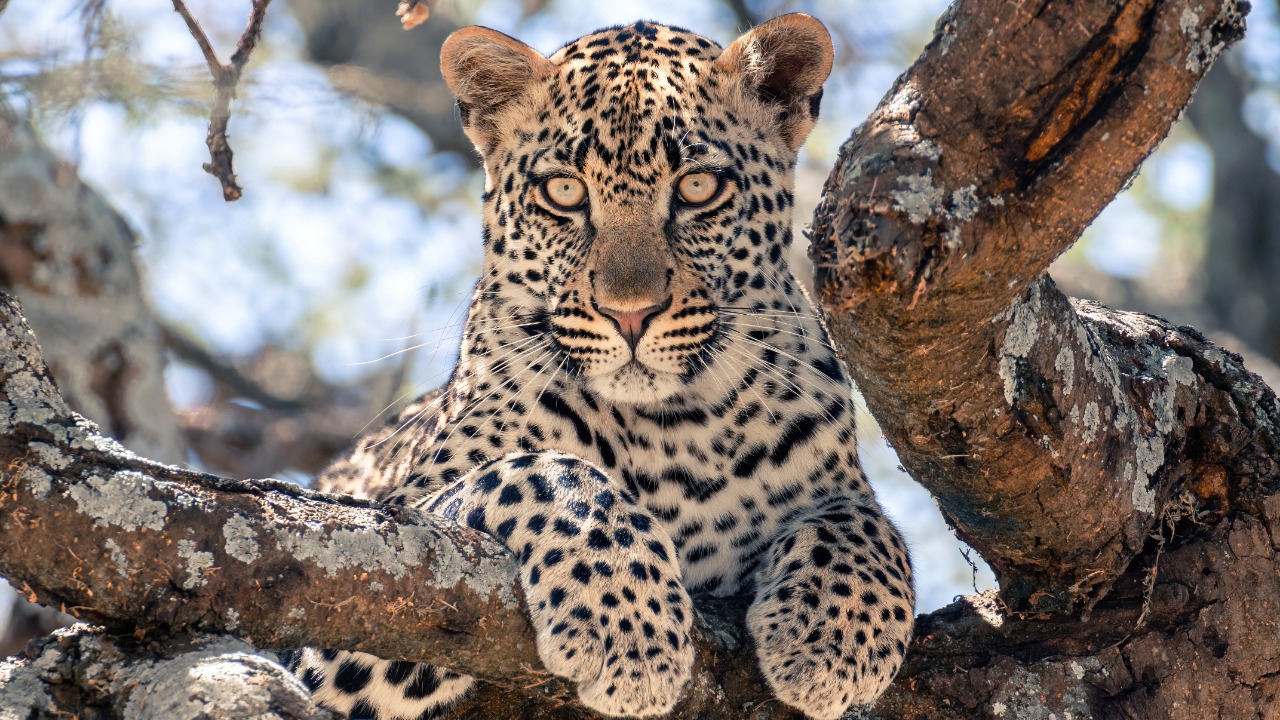
Modern observations of leopards in Africa show that they preferentially eat faces to access nutrient-rich brains. This behavior is mirrored in the ancient evidence from Swartkrans, where the AI analysis showed bite forces matching leopard canines, up to 300 psi, sufficient to crush hominin facial bones.
Leopards are known for their arboreal caching of prey, which likely contributed to the preservation of facial remains in sites like Swartkrans. This behavior, combined with the AI analysis of bite marks, provides a compelling picture of leopards as significant predators of our ancient ancestors.
Implications for Hominin Survival
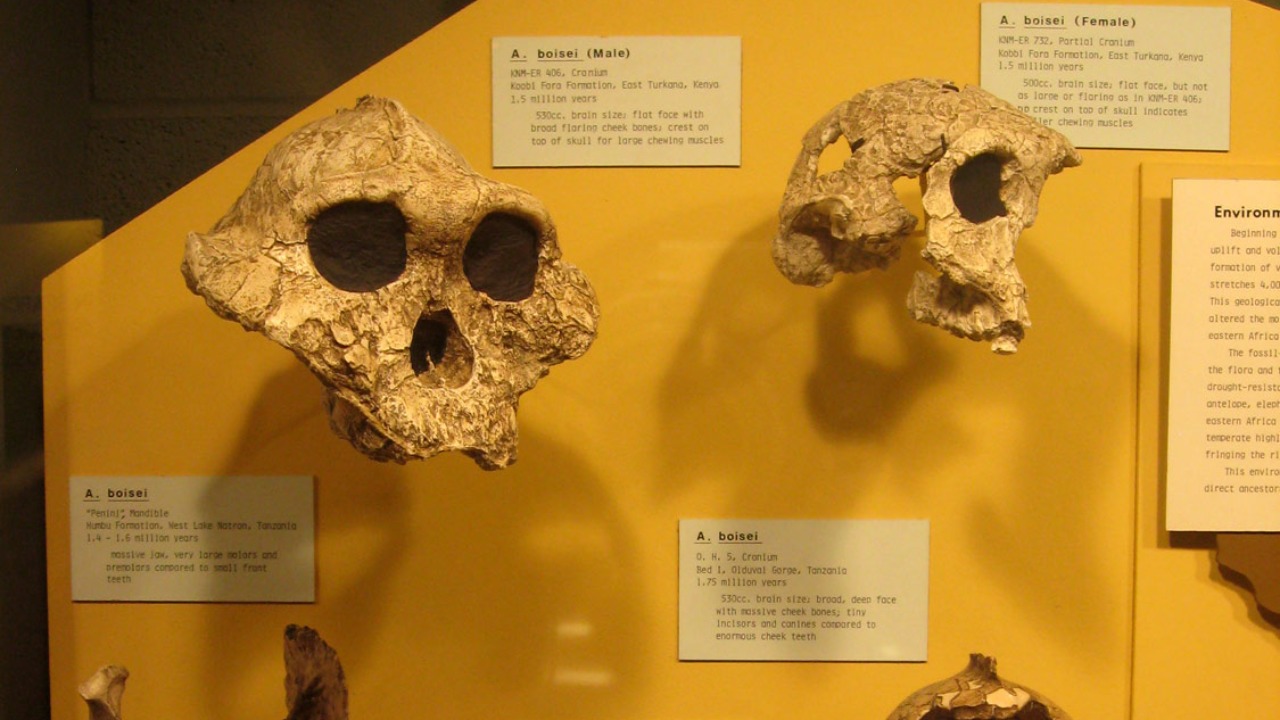
The frequent facial predation by leopards may have influenced behaviors in Paranthropus robustus and early Homo. Group living or nocturnal avoidance could have been strategies employed around 1.8 to 1 million years ago to mitigate the threat of leopard predation. As lead researcher Jose Galbany notes, “This suggests leopards were a significant threat, possibly driving evolutionary changes in hominin facial structure.”
These predation pressures coexisted with tool use in early Homo, potentially accelerating adaptations. The interplay between predation and tool use is a fascinating area of study, shedding light on the complex dynamics of our evolutionary history.
Challenges and Future Research

While the study provides valuable insights, it is not without limitations. The small sample of 10 crania and potential taphonomic biases in fossil preservation at Swartkrans are factors to consider. Future research could expand the application of the AI model to other sites such as Sterkfontein in South Africa for comparative data.
The team is also working on analyzing post-cranial remains for a fuller predation profile. This ongoing work, combined with the application of AI to ancient bones, promises to continue shedding light on the complex interactions between our ancient ancestors and their predators.